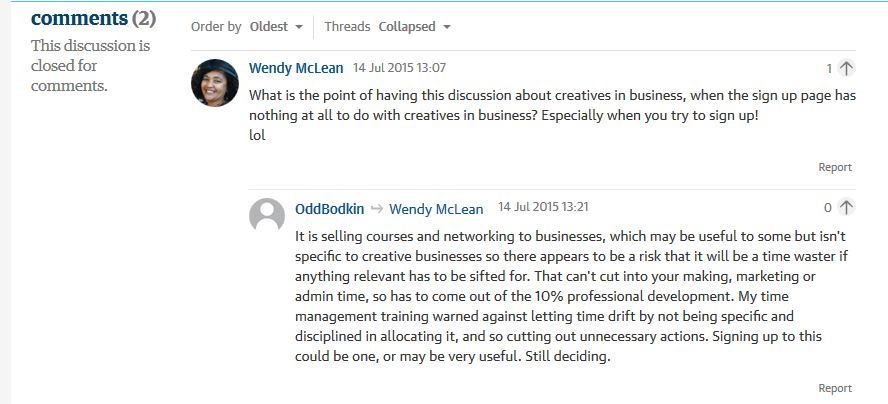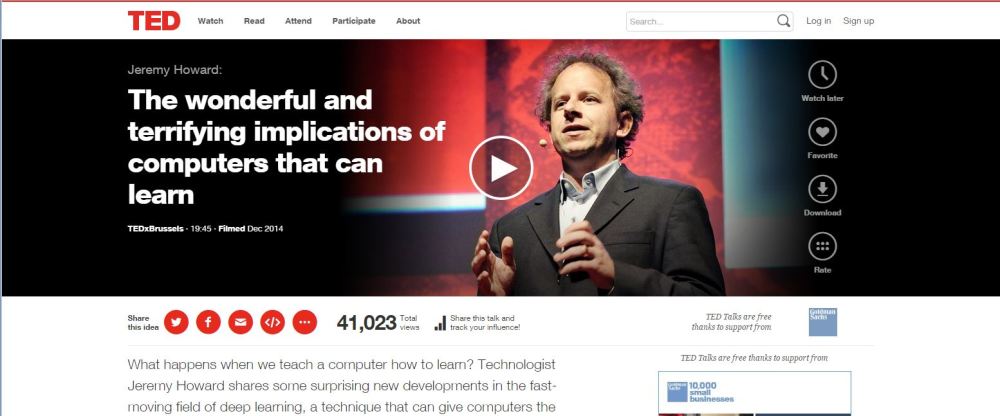Via the Marginal Revolution blog, I recently read a piece on Priceonomics about how the Yerba Buena Center for the Arts was using a loophole in California state law to “raise $4 million by selling $10 million in raffle tickets.”
Since the authors note that other states have a similar loophole (or lack thereof), I thought this could be something of interest to arts organizations in general. While it can be something to explore, before rushing out to organize one, you should also be aware that there are some elements to their raffle that have raised more than a few eyebrows.
Essentially what they do is sell $150 raffle tickets for the opportunity to win a $5 million Dreamhome or a $4 million payout.
Yerba Buena does not buy a house every year, and it is unlikely that it has ever given away the dream home that it advertises on fliers and billboards. Instead, as SFGate has reported, the organization finds someone who is trying and failing to sell their expensive home. The homeowner signs a contract with Yerba Buena agreeing to potentially sell their house, which would allow the nonprofit to give it to the winner of the contest.
[…]
Since taking the dream house comes with a big tax bill, winners always choose the money. SFGate failed to find any winners who moved into the San Francisco dream homes, and this seems to be the case nationwide. “I believe that with most, if not all, [dream house raffles] around the U.S., the winner takes the cash,” says Brian Yacker, a lawyer who works in nonprofit law. “I don’t recall a winner taking the house.”
A San Francisco Chronicle piece on the raffle notes,
Often owners of these homes connect with the Dream House Raffle because the nonprofit will pay them to take their property off the market as it becomes a marketing tool.
“Usually, the nonprofit is not given the home,” Pender wrote. “It might lease it from the owner with an option to buy if the winner chooses the home. The owner gets paid for keeping the house off the market during the raffle, and even if it doesn’t end in a sale, the home gets plenty of free publicity.”
This actually sounds like a smart approach and win-win all around, especially if you know that people will generally choose the money.
What raises eyebrows is the fine print. You only get the dream house or the $4 million payout if a minimum number of tickets are sold, in this case, 65,000. According to that same San Francisco Chronicle article, the art center won’t reveal if they ever reached that minimum in the seven years they have held the raffle and have deflected inquiries by the Better Business Bureau saying it was proprietary information.
The SF Chronicle notes though that even if only 70% of the 65,000 tickets are sold by June 24, the winner still gets to claim 50% of the profit from ticket sales which would come to $3,412,500, not an insignificant amount. They also peg the chances to win some sort prize at 1 in 30.
In terms of the operational nuts and bolts of these types of raffles, Priceonomics reports that California law requires 90% of the raffle proceeds go to the non-profits’ programming. (Though they say thanks to legal maneuvers, Yerba Buena actually spends 60%-80% of the proceeds on the prizes and cost of running the raffle.) Other states have looser requirements,
In other states, no loophole is required. Tennessee law, for example, only requires that 25% of the raffle proceeds go toward charitable causes; in Minnesota, it’s 40%. Massachusetts law just states that a “reasonable” amount of the proceeds should fund the nonprofit’s work.
Now before you start pondering the potential to use a raffle of this scale to make money, you should note Priceonomics’ comments the perceptual issues involved.
For one, there is the ongoing discussion of overhead costs. If people feel like the money they have donated isn’t going toward programming that benefits a needy organization or people that they serve, it can undermine donor confidence. Priceonomics cites a number of instances where people felt burned upon learning that only a small portion of what they gave actually benefited the group they were being solicited to help.
They list a number of examples where organizations have abused people’s ability to gain tax credit for donating homes and vehicles. The SF Chronicle article cites a few sketchy situations with dream home raffles.
Though Priceonomics does note in Yerba Buena’s case,
Most participants in Yerba Buena’s raffle probably would not be shocked to learn that a good chunk of their $150 raffle ticket goes toward the cost of the $4 million cash prize. And since the cost of raffle tickets is not tax-deductible, taxpayers are not subsidizing these fundraisers.
Actually, one of the criticisms of the billboard and bus advertisements for the dreamhome raffle is the fact it is a fundraiser for the arts center is downplayed.
The other perceptual issue Priceonomics cites in relation to raffles of this scale it can be equated with gambling. While a $150 ticket is not going to be viewed as exploiting low income people the way state lotteries are, if people feel like too little is going toward programs, it may create a negative view of the organization.
“The original reason for the 90-10 raffle rule—and having those raffles just for nonprofits—is because it’s not gambling but a fun way to support nonprofits you want to support,” says Berlin. “Once you move away from most of the money going to charity, it looks more like gambling.”
If you think you might want to do a raffle of this sort, it is worth reading both the Priceonomics and SF Chronicle pieces.
The former does a good job analyzing the logistics of such a raffle and ends stating their general admiration of the arts center for freeing up their time to focus on programming rather than fundraising. The SF Chronicle article takes a more skeptical view of the whole arrangement, questioning and then physically verifying the house even exists. Between the two, you can get a good sense of all the questions you might need to answer if you choose to replicate this sort of raffle.






Santa Cruz Shakespeare has several tiers of benefits for donors/members. Some, like season-announcement parties, are open to several tiers. Some,…